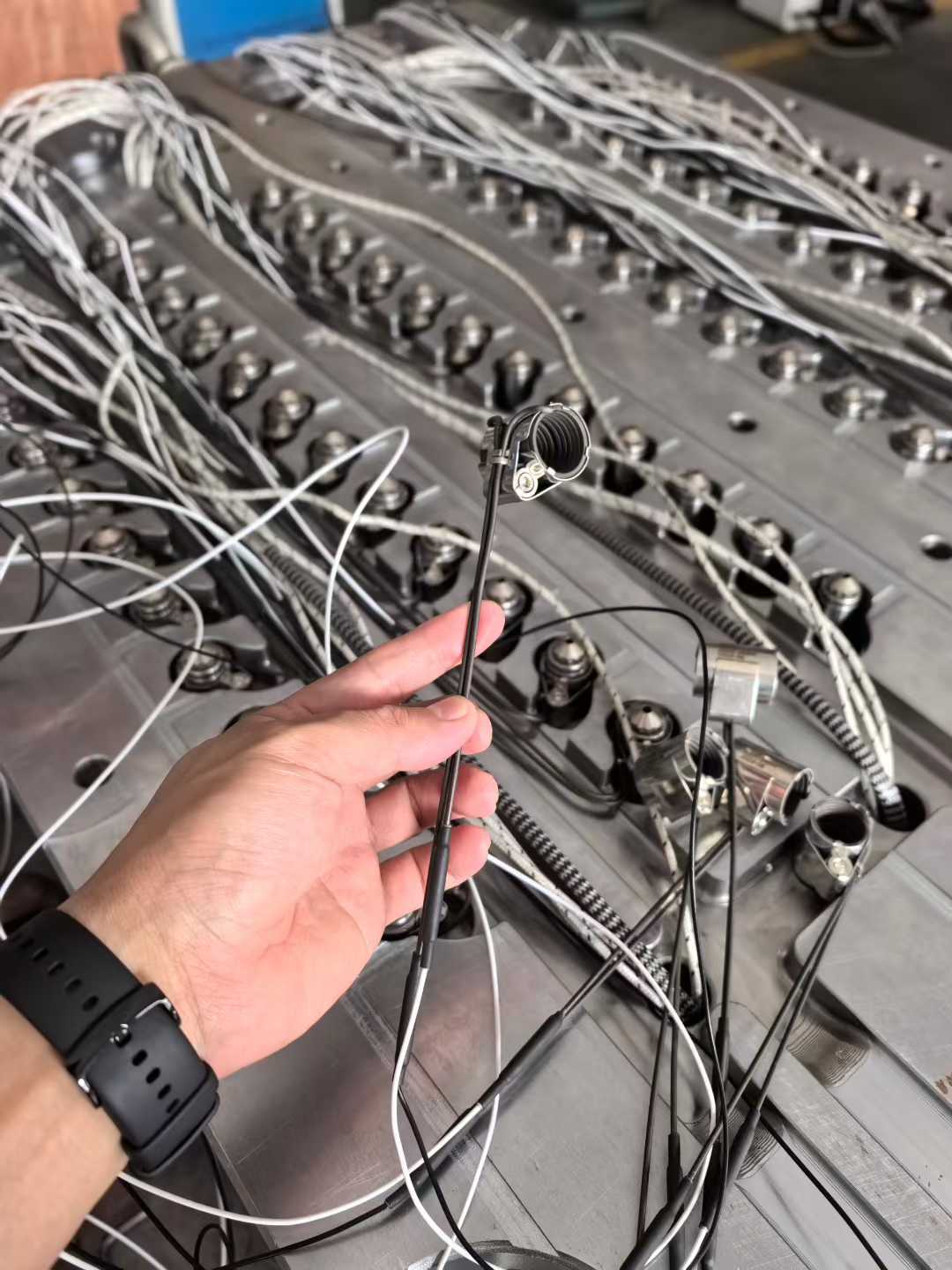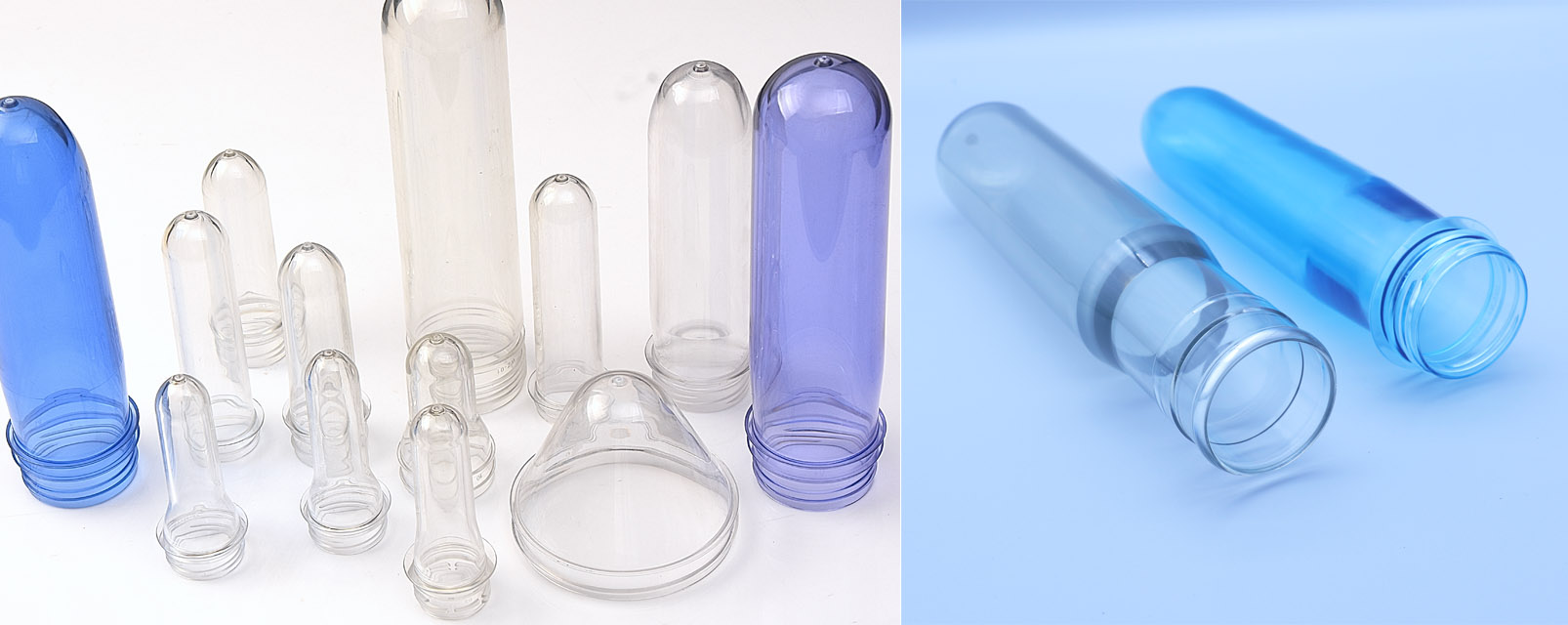- By Admin
- 2025/7/30 9:18:03
The Complete Guide to Hot Runner Systems in Preform Molds: Techniques and Best Practices
Hot runner systems have revolutionized preform molding for PET bottles, becoming the undisputed industry standard for high-volume, high-quality production. Unlike cold runners that generate substantial material waste through solidified sprues and runners, hot runners maintain melted plastic in a thermally controlled system from the machine nozzle directly to the cavity gates. This technology is particularly critical for PET preform molds, where material degradation risks and stringent quality demands for blow-molding compatibility require precision temperature control and rapid cycling. The global shift toward sustainability further amplifies their importance—hot runner systems slash plastic waste by 20-30% compared to cold runners while enabling faster cycle times and reduced energy consumption in manufacturing billions of beverage, food, and pharmaceutical containers annually93.

Application Methods: How Hot Runners Function in Preform Molds
Material Flow and Temperature Control:
In PET preform molding, temperature uniformity is non-negotiable. PET exhibits a narrow processing window (260–280°C) and rapidly degrades if overheated or allowed to cool unevenly. Hot runner systems use point-to-point temperature control with individual thermocouples and heaters for each nozzle. This ensures melt uniformity as PET travels from the manifold to the cavities. For 48-cavity molds, such as those used for water bottle preforms, thermal stability prevents premature solidification in outer cavities while avoiding overheating in center cavities. The thermal design typically includes titanium heat shields and air gaps to isolate the 200–300°C hot runner from cooler mold plates (maintained at 80–90°C for PET)18.Gate Design and Selection:
Open Gates: Standard for smaller preforms, these rely on precise thermal control to freeze/seal the gate after injection. Though economical, they risk stringing or drooling with PET’s low viscosity.
Valve Gates (Mechanical Sealing): Essential for larger preforms (>20g) like 5-gallon water bottles. A pneumatic or hydraulic pin physically seals the gate after injection, eliminating stringing and allowing larger gate diameters. This reduces shear heat—critical for PET’s sensitivity—and enables sequential gating to balance fill across cavities. Brands like Japan Seiki and Pass Card VG Series dominate this niche for high-cavitation molds184.
Balancing Multi-Cavity Systems:
Non-naturally balanced layouts (e.g., 12, 32, or 48 cavities) use rheological balancing via CAD/CAE tools like Moldflow. This involves:Adjusting runner diameters (e.g., from 12mm in primary to 8mm in tertiary branches).
Implementing sequential valve gating to stagger injection timing.
Simulation-backed designs reduce fill imbalances to <5%, ensuring uniform preform weight (±0.05g) and wall concentricity (±0.08mm over 100mm length), both critical for stable blow-molding outcomes74.
Design Considerations for Efficiency and Quality
Material Selection for Durability:
Hot runner components face extreme thermal cycling and abrasive PET glass additives. Industry-leading molds use:Manifolds: P20 or H13 steel (HRC 28–32) for thermal fatigue resistance.
Nozzle Tips/Cavity Inserts: Swedish ASSAB S136 or German BUDERUS 2316 (HRC 50–54), hardened stainless steels with mirror polishing to resist corrosion and sticking18.
Thermal Expansion Management:
PET’s high processing temperatures cause significant manifold expansion. Precision designs incorporate:Sliding supports with calculated clearance (e.g., 0.3mm at 250°C).
Pre-tensioned assembly to avoid leakage at operating temps.
FEA-based thermal modeling predicts expansion, ensuring alignment tolerances within 0.003mm75.
Cooling Integration:
Adjacent but isolated from hot runners, conformal cooling channels around cores/cavities enable rapid, uniform heat extraction. Designs use baffles or spirals to maintain preform temperature differentials <5°C, reducing cycle times to 18–23 seconds for 48-cavity systems19.
Table: Material Specifications for Key Hot Runner Components
| Component | Material Grade | Hardness (HRC) | Key Property |
|---|---|---|---|
| Manifold | PDS-5 (P-5) Tool Steel | 27–32 | High thermal fatigue resistance |
| Nozzle Tip | ASSAB STAVAX-420 | 50–54 | Mirror polish, corrosion resistance |
| Cavity/Core Inserts | German BUDERUS 2316 | 48–52 | Wear resistance, easy maintenance |
Types of Hot Runner Systems in Preform Molding
Conventional Hot Runners:
Standard for 4–16 cavity molds, these use open or valve gates with a centralized manifold. Best suited for preforms under 40g, they offer lower upfront costs but struggle with fill balance beyond 16 cavities.Extended Nozzle Systems:
For deep-reach preforms (e.g., pharmaceutical bottles), nozzles extend through the mold plate to deliver material near the cavity base. This reduces flow length and pressure drop, minimizing material shear and degradation6.High-Cavitation Valve Gate Systems:
The gold standard for 32–144 cavity production. Each nozzle incorporates a pneumatically actuated pin for independent control. Brands like Yudo or Husky provide integrated controls for cavity profiling—adjusting pressure/timing per cavity to compensate for flow imbalances. This system achieves >98% yield in 72-cavity molds running 24/784.
Maintenance and Optimization Strategies
Preventing Downtime:
Daily: Check thermocouple readings for deviations >5°C.
Weekly: Clean gate residues with brass brushes to prevent carbon buildup.
Annually: Recalibrate manifold alignment and replace heater bands.
Troubleshooting Common Issues:
Gate Stringing: Raise nozzle temperature by 5–10°C or increase valve pin seal pressure.
Black Specks: Purge degraded PET with purging compounds at 240°C.
Short Shots: Verify heater functionality and increase back pressure by 10–15%53.
Performance Optimization:
Use Moldflow simulation to optimize runner sizing and gate sequencing.
Upgrade to adaptive thermal controllers that dynamically adjust power based on real-time infrared thermography710.
Table: Comparative Analysis of Hot Runner Gate Types for PET Preforms

| Gate Type | Cavity Range | Preform Size | Cycle Time | Key Advantage |
|---|---|---|---|---|
| Open | 4–16 | <30g | 15–20s | Low cost, simplicity |
| Valve | 16–144 | 30g–710g | 18–25s | No drooling, superior balancing |
| Extended | 4–12 | Deep geometry | 20–30s | Reduced shear for long cores |
Conclusion: Key Takeaways for Implementation
Hot runner systems are indispensable for modern PET preform molding, enabling zero-waste production, tight tolerances (±0.08mm concentricity), and cycle times under 23 seconds even in 48-cavity setups. Success hinges on valve gate selection for large preforms, thermal management with corrosion-resistant steels, and CAE-backed balancing for multi-cavity consistency. As Industry 4.0 advances, integrating IoT sensors for real-time pressure/temperature monitoring will further elevate yield rates beyond 99%, solidifying hot runners as the backbone of sustainable, high-output preform manufacturing187.


